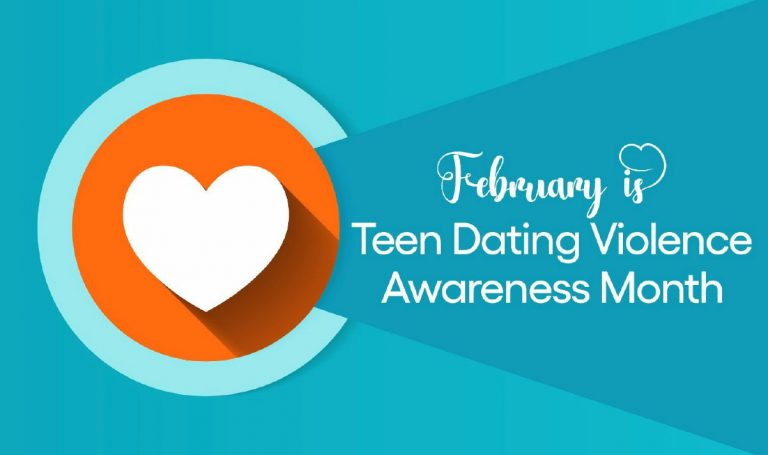KNOW! to Establish Safe Texting Practices
As technology continues to grow and change, it becomes more critical for caring adults to understand how to keep young people safe in the digital landscape. Talking about texting safety is essential to reducing young people’s exposure to online risks, like cyberbullying, sexting, harassment, and substance use.
Young people can access direct messaging and texting before they even have a phone, as most games and social media apps have a form of direct messaging. Although young people are likely to make mistakes while using technology, having conversations about responsible decision-making, self-regulation, and social awareness can encourage safe messaging practices and open the door for future communication.
Stay Informed
In order to teach your young person about safe texting practices, it’s necessary to educate yourself on the apps they use that have direct messaging capabilities. A great start is downloading the apps and learning about their guidelines and restrictions. You’ll be better equipped to talk about staying safe when you understand how your young person uses different apps and methods of messaging.1
Discuss the Risks
Be honest with young people about the risks of unsafe texting practices, including disruption to learning, self-esteem issues, cyberbullying, sexting, and distracted driving. Remind them that any text or photo they send can be saved, even on apps like Snapchat, where messages appear to be deleted. The things they send can even be posted online, which is particularly threatening to their safety. Talk about the permanence of messages and posts and emphasize how important it is to communicate respectfully and responsibly.1,2
Set Clear Expectations
If you can, set rules about messaging before your young person has access to a phone or encounters problems. Applying parental controls is a great option for young children in addition to discussing respectful communication. For older children, try working together to establish rules for staying safe while texting and the consequences for breaking those rules. Consider using the following questions to guide the boundaries you establish around texting, or use a tool like the Family Media Plan to create expectations about technology. Once you have established your expectations, follow through with the consequences for breaking the rules.1,2
Questions to Consider
- Who are they allowed to text?
- What sites or apps are allowed to be used for communication?
- Are there certain times when they are not allowed to text (for example, during mealtimes or just after school)?
- What information is appropriate to text?
- What kind of behavior is expected when they are texting?
- When are they allowed to have a phone or tablet of their own?
- Where is it appropriate to text? (for example, it is never appropriate to text while driving.)
- When should they share their location with you?
Keep the Lines of Communication Open
Ask questions and have conversations about texting and online communication. Young people may find it challenging to open up about experiences that have made them uncomfortable. By maintaining an open discussion with them, you can help them to feel safe sharing information with you, and it becomes easier to keep them safe. Listen to their responses without judgment but keep reminding them of the best ways to stay safe. You might try asking questions like:
- What do you and your friends like to talk about online or over text?
- What would you do if someone texted you something mean or something that made you feel uncomfortable?
- Do you ever respond when someone you don’t know messages you on social media?
Check In
Don’t be afraid to check their texts for appropriateness occasionally. Young people deserve privacy and a sense of independence. Still, they also deserve safety. Resources like the Drug Enforcement Agency’s Emoji Drug Code Decoded and Ohio Narcotics Intelligence Center’s Drug Emojis Public Bulletin provide important information on what to look out for when you check your young person’s texts. Remember that using certain emojis is not necessarily a cause for concern unless coupled with other warning signs of substance use.1,2
Stay Involved
One of the best things you can do for the safety of young people is to stay involved in their lives. Ask about their friends, monitor their technology use, and stay connected with them online. Show that you care about them and have their best interests at heart.1,2
Resources
- Ohio Narcotics Intelligence Center’s Drug Emojis Public Bulletin
- Drug Enforcement Agency’s Emoji Drug Code Decoded
- Warning Signs of Substance Use
- Family Media Plan









